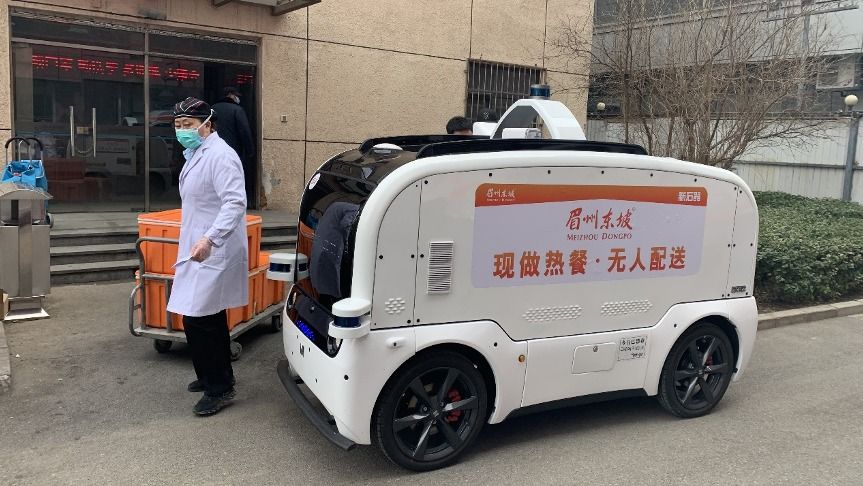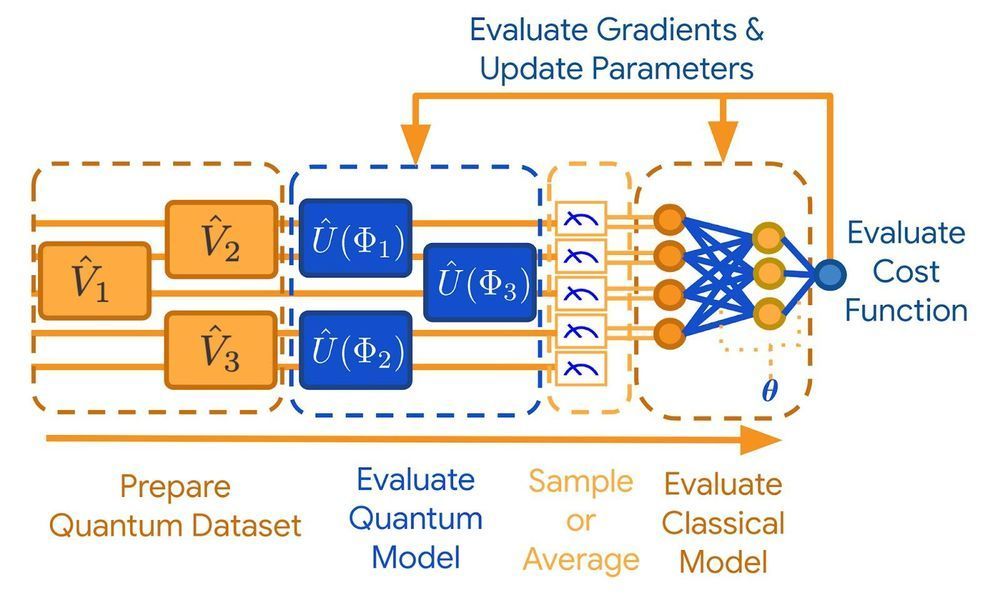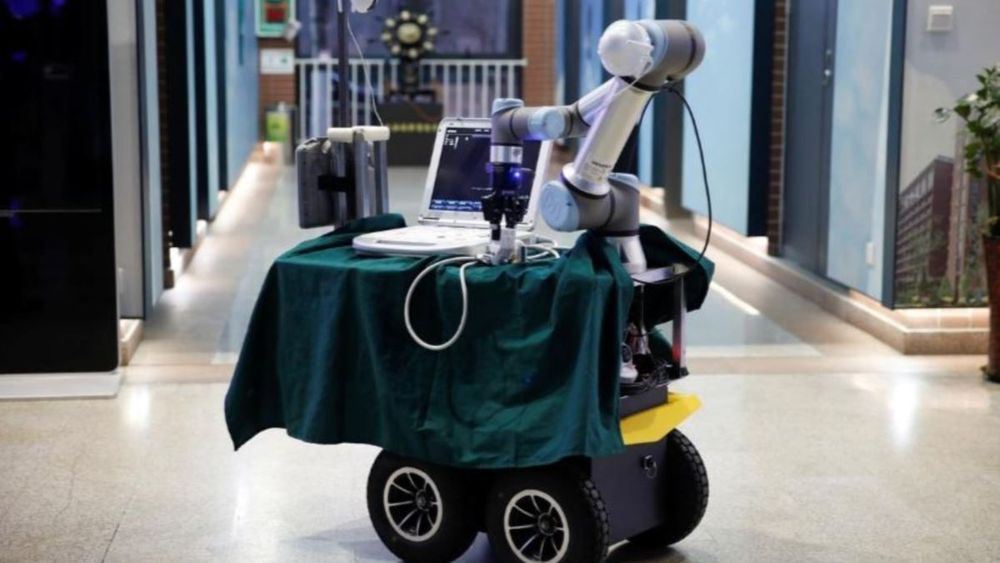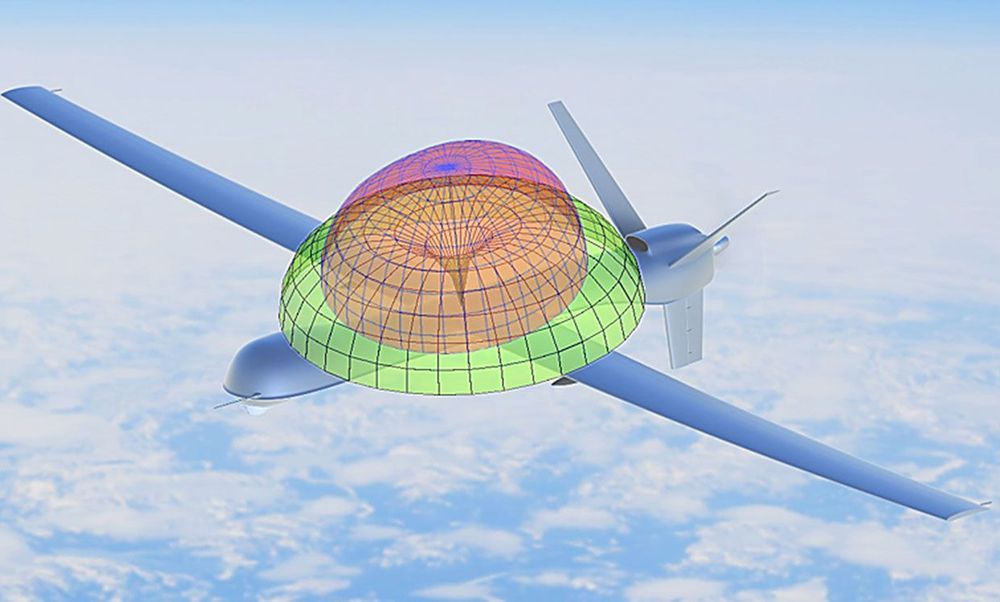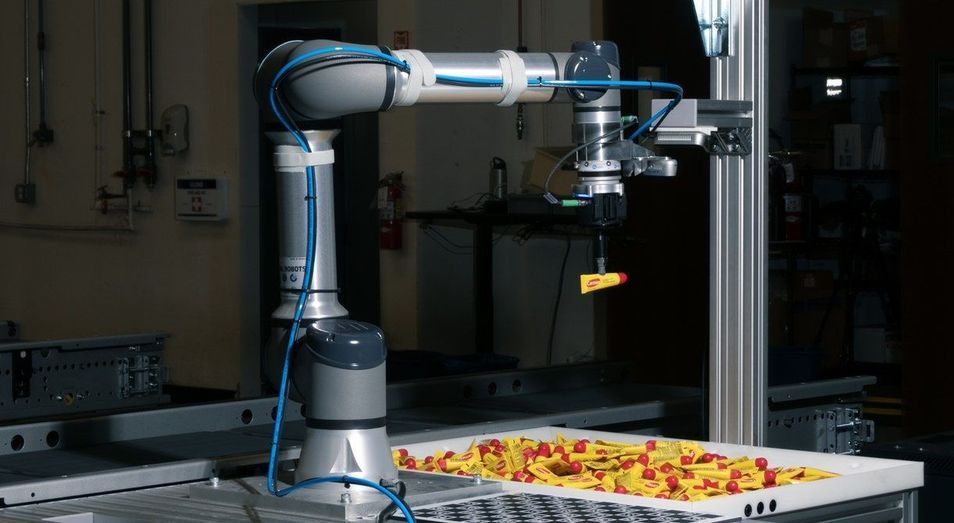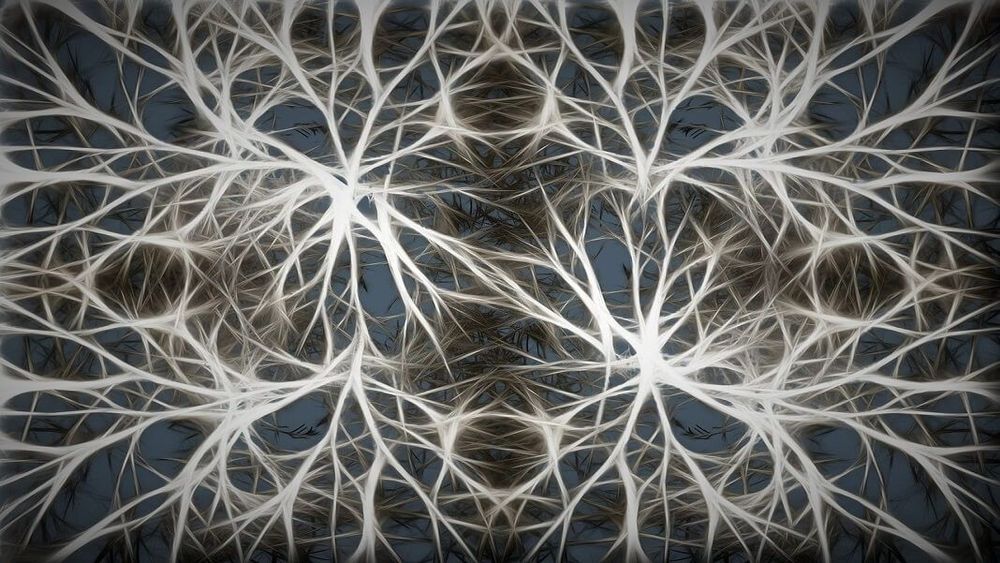“In the case of the Industrial Revolution, people’s lives didn’t improve for seven decades,” Frey says. “That’s two generations. I think we need to be very concerned about some of these short-term effects on people.”
Frey says for seven decades wages were stagnant, food consumption decreased and “people’s living standards deteriorated.” The economy was doing quite well, but most of the workers weren’t seeing the benefits of that economy.
“Because people’s living standards deteriorated, people rioted against mechanized factories. The Luddites are often portrayed as these irrational enemies of progress, and to some extent, that’s right if you take a very long term view,””
The case against the flawed argument that automation won’t be so bad.

